SEBI’s Crackdown on Finfluencers – Protecting Investors from Misinformation

By

In the world of financial advice, there exists a thin line between advising, influencing, and actively goading an investor to buy a stock. This ambiguity has raised concerns, prompting SEBI to step in and introduce regulatory measures to protect investors from misleading financial influencers, popularly known as Finfluencers.
The term Finfluencer—a blend of "finance" and "influencer"—presents them in a positive light. However, the reality is that most financial Finfluencers operate as unregistered investment advisors. According to SEBI regulations, any individual providing financial advice must possess relevant qualifications and clear necessary certification exams. Finfluencers often bypass these legal requirements, leveraging social media platforms like YouTube, Instagram, and Twitter to amass a massive following while skirting SEBI’s regulatory framework.
One of the primary reasons SEBI is keen on regulating Finfluencers is their increasing popularity. While social media has democratized information dissemination, it has also paved the way for unverified financial advice. Some Finfluencers boast millions of followers, granting them an unprecedented ability to influence retail investors.
The biggest concern is misinformation and biased financial advice. Many Finfluencers push certain stocks or investment products with undisclosed affiliations, often leading gullible investors into financial pitfalls. The language, tone, and sophisticated graphics they employ create an illusion of credibility, making it difficult for novice investors to distinguish between genuine advice and veiled promotional content.
There have been instances where Finfluencers have subtly orchestrated pump-and-dump schemes, leading to artificial stock price inflation followed by a crash. Retail investors often suffer the most, losing their hard-earned money while Finfluencers and their affiliates reap benefits. Such market manipulation distorts fair price discovery and undermines investor confidence.
SEBI is working on a framework to ensure greater accountability among financial influencers. Some of the expected regulatory measures include:
Mandatory Registration: Finfluencers offering investment advice may be required to register with SEBI, just like Registered Investment Advisors (RIAs).
Disclosure Norms: Any financial influencer promoting a stock or financial product may be required to disclose sponsorships, affiliations, and paid partnerships.
Stringent Penalties: SEBI could introduce fines and legal consequences for those violating advisory regulations, discouraging misleading promotions.
Social Media Monitoring: SEBI might collaborate with social media platforms to flag and take action against unverified financial advice.
Before acting on financial advice, check if the source is SEBI-registered. Genuine advisors have a unique SEBI registration number, which can be verified on SEBI’s official website.
Avoid investment tips that promise "guaranteed returns," "multibagger stocks," or "get rich quick" schemes. Genuine financial advisors provide realistic insights and do not resort to exaggerated claims.
Don’t rely on a single source. Cross-check recommendations using credible financial news portals, company reports, and SEBI-registered advisory services.
No investment is risk-free. Be cautious of influencers who downplay risks while exaggerating potential gains.
If you come across misleading financial advice, you can report it to SEBI via their official investor helpline.
Finfluencers have emerged as a powerful force in modern investing. However, with great influence comes great responsibility. While SEBI’s intervention is crucial in curbing financial misinformation, retail investors must also exercise due diligence, critical thinking, and self-education. The ultimate safeguard against misleading advice is financial literacy and a cautious approach to investments.
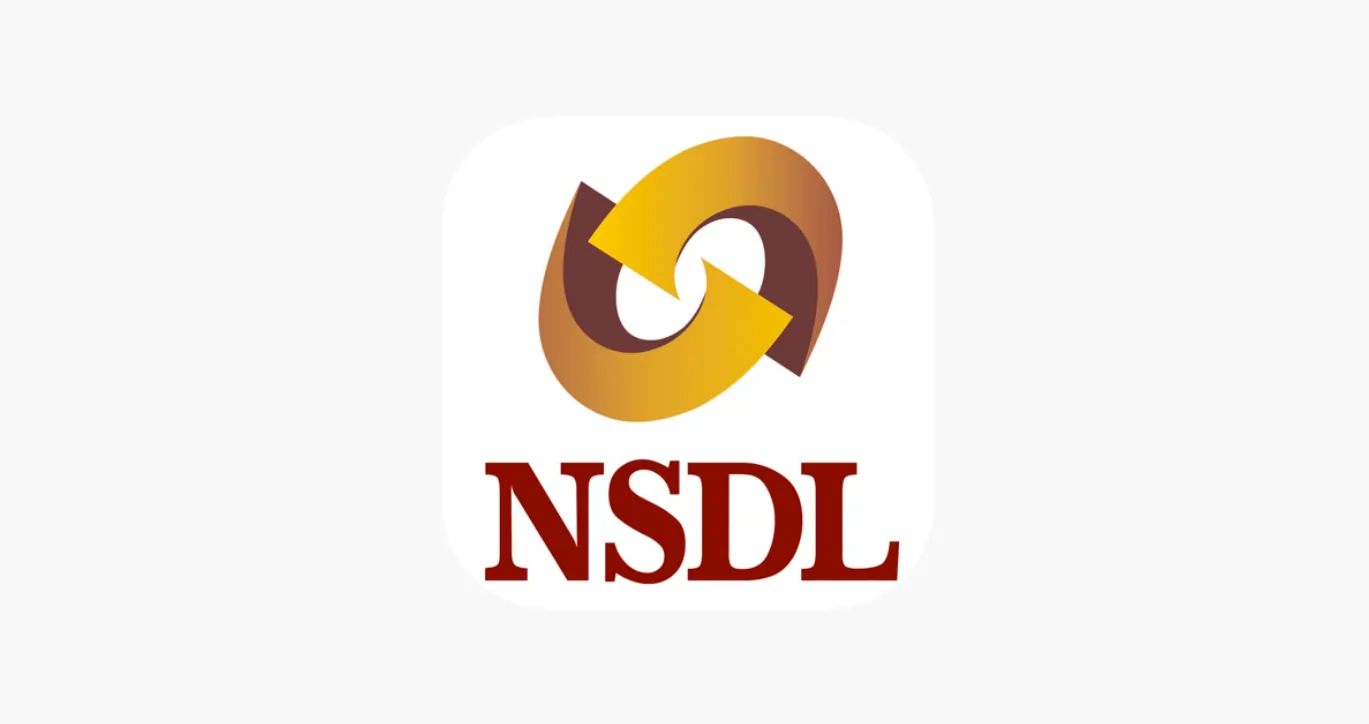
Learn how to easily download your NSDL CAS Statement in PDF format with our step-by-step guide. Follow our instructions to log in to NSDL e-Services, download your account statement, and subscribe for
Read Full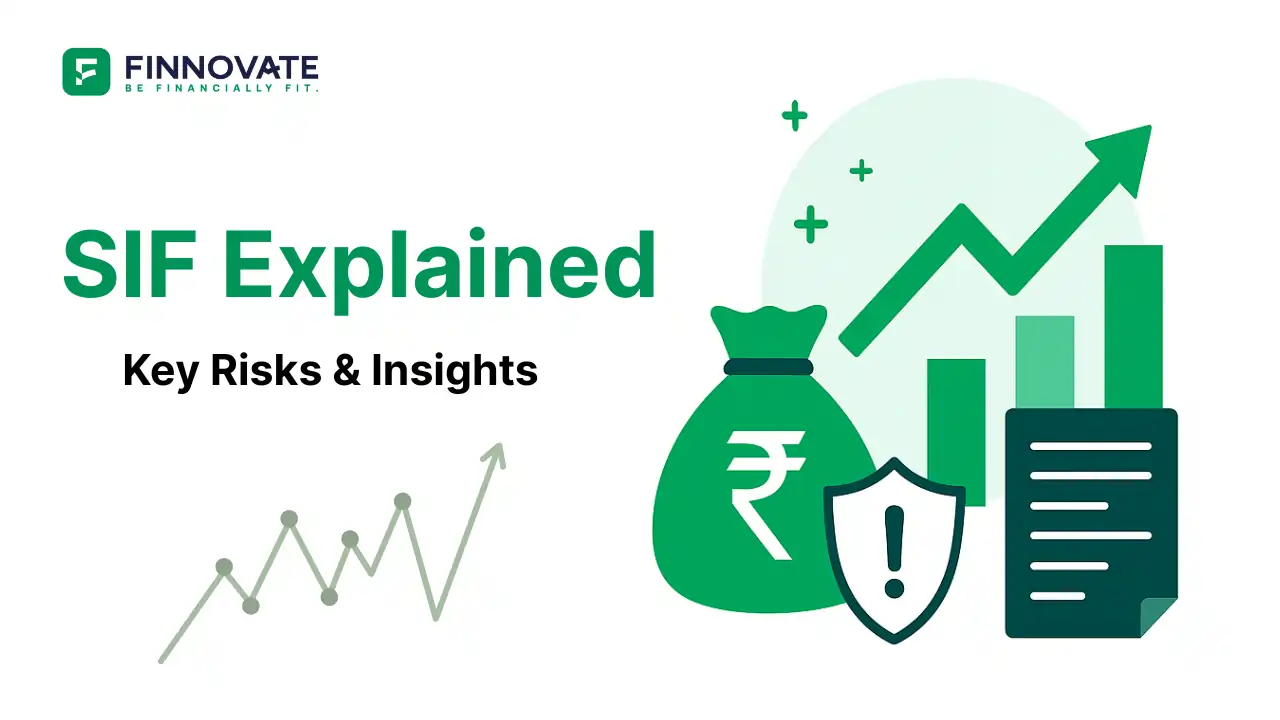
Explore what Specialised Investment Funds (SIFs) are, their benefits, taxation, minimum investment, how to invest, how they compare with mutual funds and PMS and latest developments in SIF space
Read Full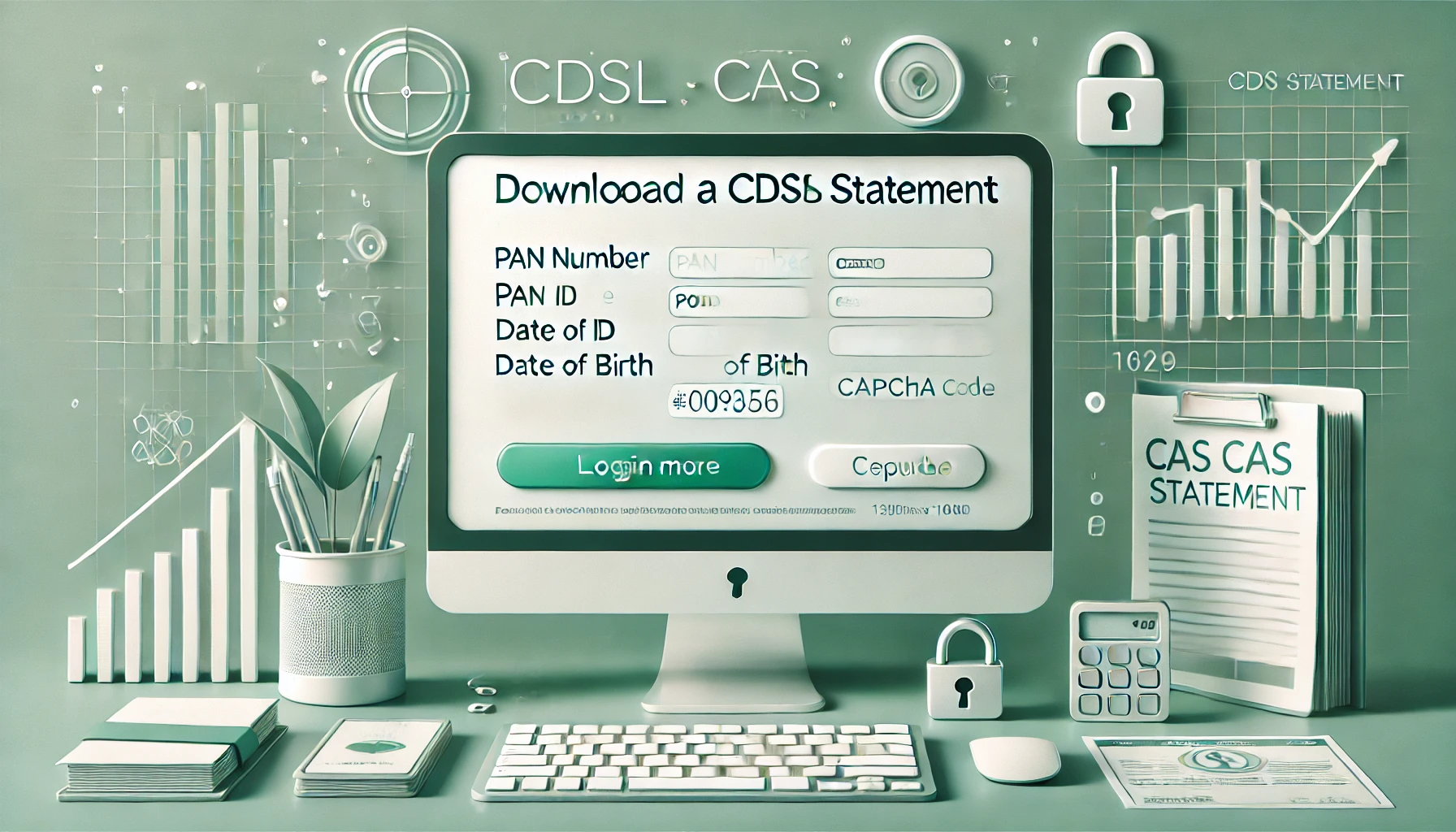
Learn How to Download Your CDSL CAS Statement with our step-by-step guide. Easy instructions for accessing your investment details online.
Read Full
Analyzing the potential economic impact of the 2025 India-Pakistan conflict on India's GDP growth, manufacturing sector, and foreign investment.
Read Full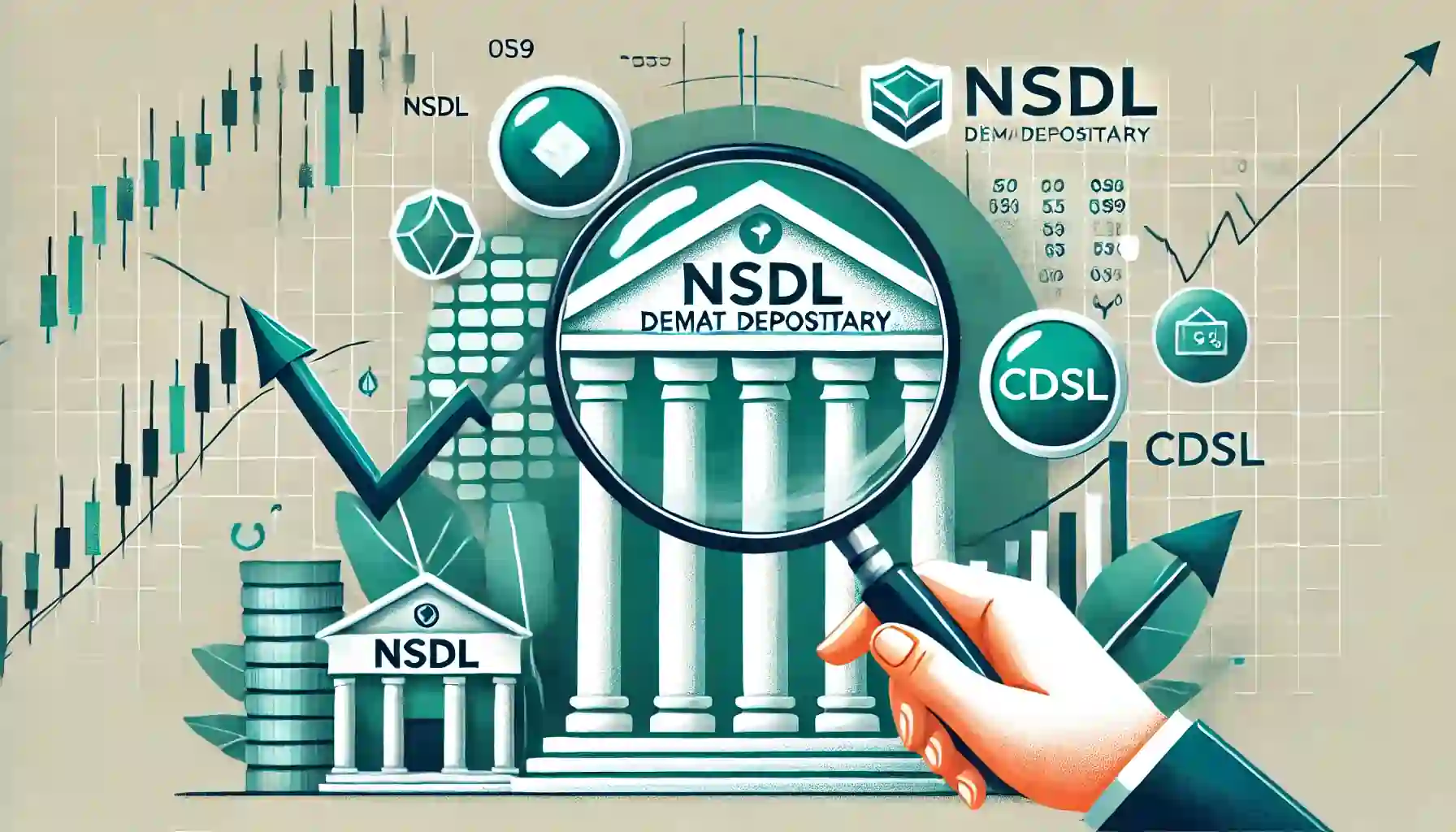
Determine if your Demat Depositary (DP) is NSDL or CDSL easily. Follow our guide to check using broking platforms or Demat account number formats
Read Full
Looking for the best financial freedom books? Here’s a handpicked 2025 reading list with summaries, why to read, and who it's best for.
Read Full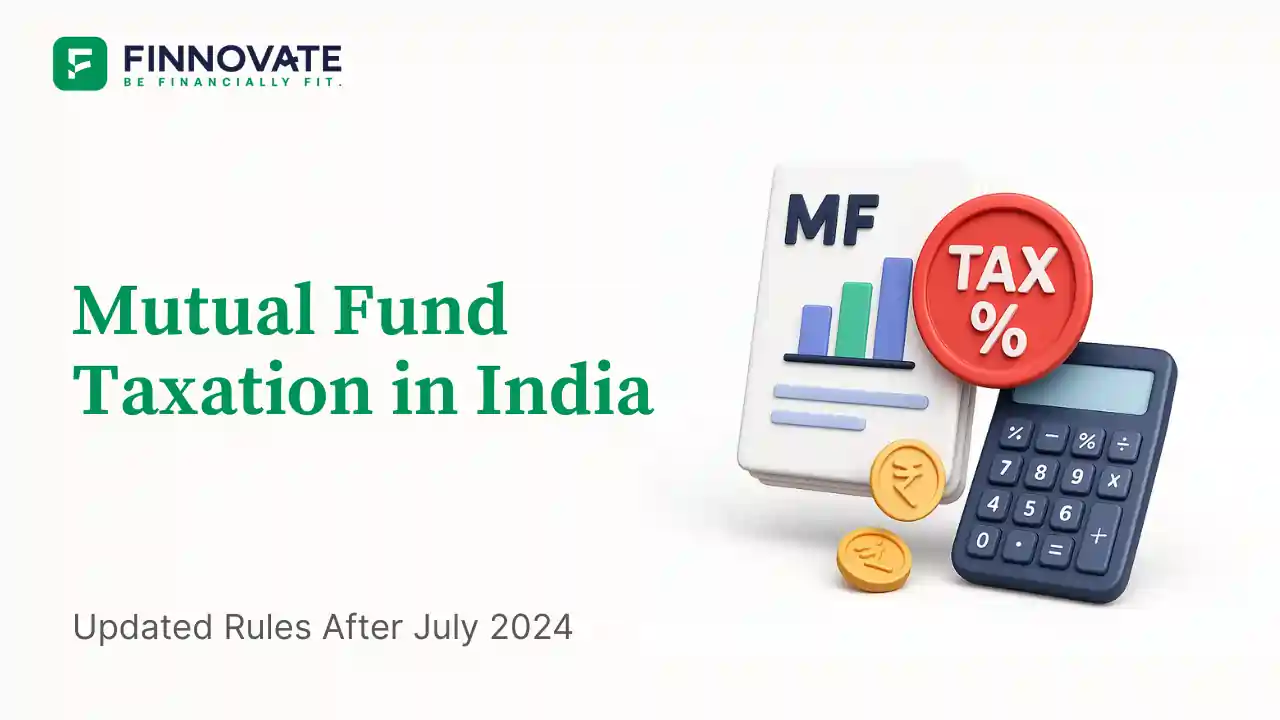
Clear guide to mutual fund taxation in India for FY 2025–26 after July 2024 changes: equity STCG 20%, LTCG 12.5% with ₹1.25L exemption, debt/hybrid rules, dividends, examples, tables, and FAQs.
Read Full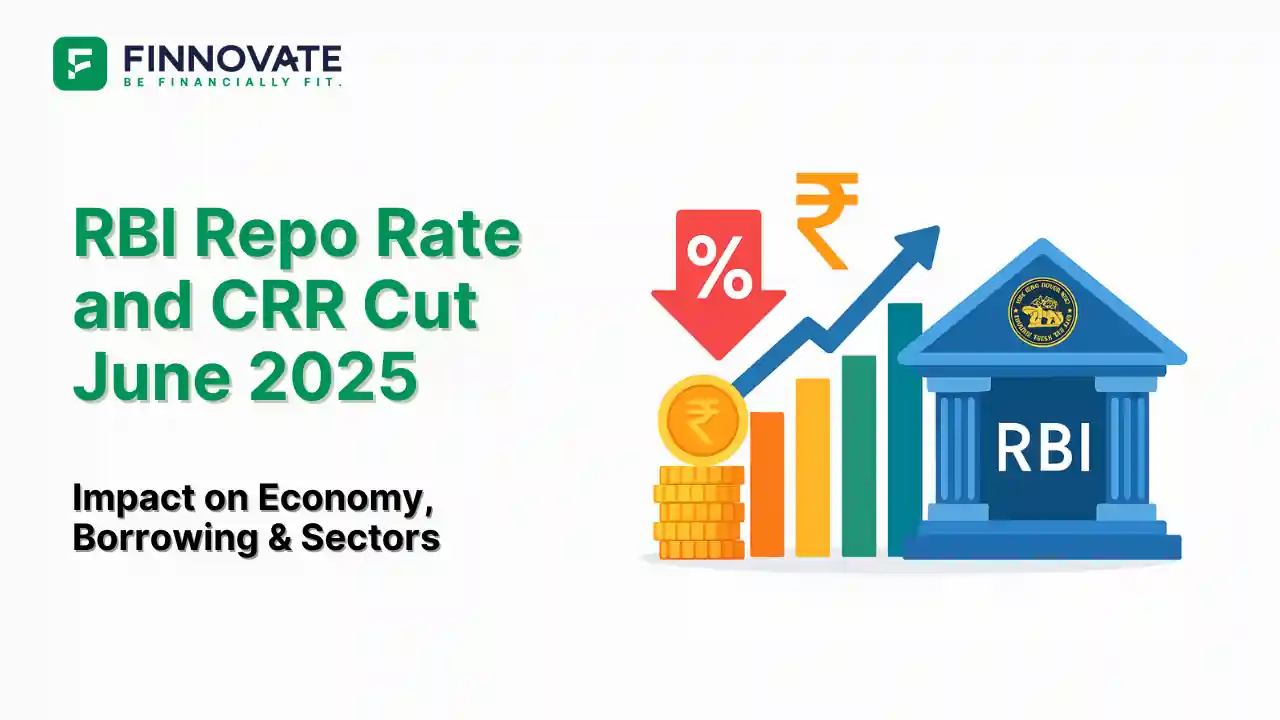
RBI cuts repo rate by 50 bps and CRR by 100 bps in June 2025 to boost growth. Learn how it impacts inflation, borrowing, sectors, and market trends.
Read Full